
A visit to the Bièvres Photo Fair in France has become a regular fixture in my annual schedule. But I am a relative newbie and I have friends who have been going for thirty or even forty years. This year’s event, which took place on the weekend of June 3 and 4, was the 54th fair to occupy the centre of the small town of Bièvres, south east of Paris. It lies a few kilometres from the stunning palace of Versailles, home of Louis IV, the Sun King who reigned for a staggering 72 years and 110 days. Luckily he didn’t rain on us this year, unlike in 2016.
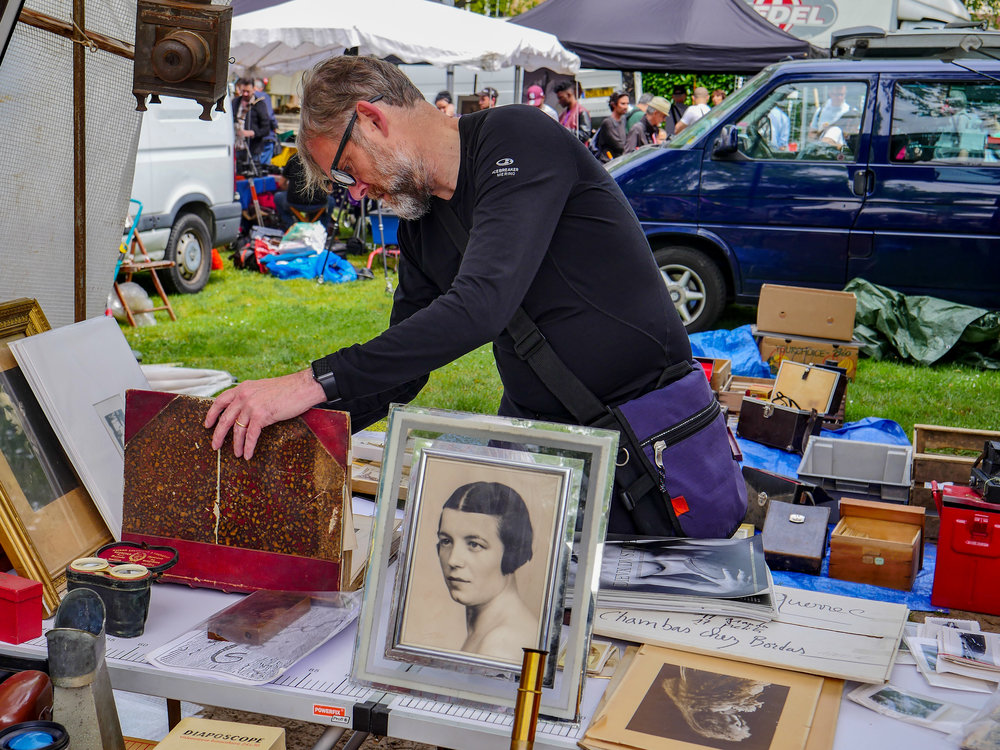
The fair is one of the largest — if not the largest — in Europe and traditionally occupies the undulating central area next to the town hall, with offshoots into the side streets. There’s no doubt this is the event to patronise if you are interested in old cameras, from the earliest wood and brass creations through to the later film cameras, especially those made buy Leica, Rollei, Nikon. There’s also a good representation of modern digital gear and a focus on photographs from the earliest days.
Below: Travelling companions, Ivor Cooper of Red Dot Cameras and David Woodford of MW Classic
Again this year I was fortunate to travel with two UK dealers who have been regulars for three decades and are experts in sorting the wheat from the chaff. There’s no doubt you need to keep your wits about you if you are seriously intent on buying. Without assistance I would most certainly carry home the chaff. My companions for the trip were David “Woody” Woodford of MW Classic and the team from Red Dot Cameras consisting of Ivor Cooper, his wife and partner Elaine and Francis Qureshi who has been with the company for four years and now has an encyclopaedic knowledge of all things Leica.
For the dealers, Bièvres is a major opportunity to stock up the shop. In the case of Woody, the emphasis is on vintage cameras — in particular old brass lenses — while the Red Dot team are looking mainly for Leica film cameras, M3 through to M7, and M-mount lenses of all vintages.
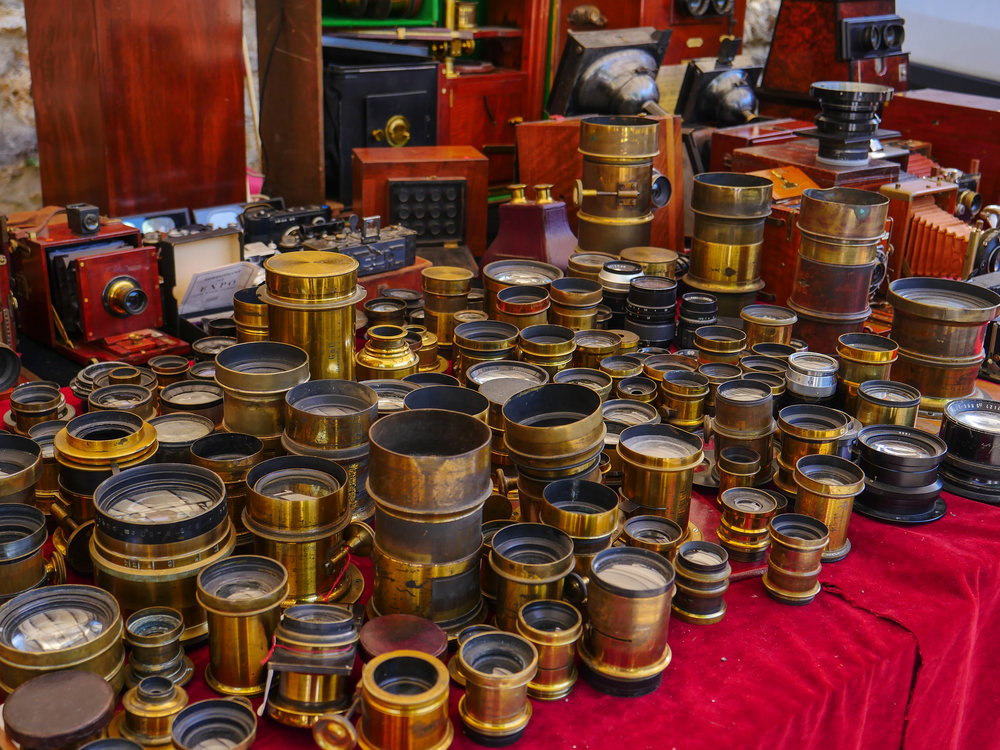
I’m just a makeweight. If I buy anything it is for my own pleasure rather than necessarily as an investment or as something to sell on. This year I didn’t buy much as I will reveal later.
Perhaps greater than the buying opportunity is the social nature of the annual Bièvres pilgrimage. Year after year the regulars stay in the same hotels dotted around the town and as far as nearby Saclay and even Versailles. They congregate with a select group of collectors and experts who fly in from around the world. Even in three years I have got to know many of these dedicated enthusiasts, including far-flung visitors such as the young Hong Kong dealers Stanley and Ryan whom I met for the fist time in 2015 at the Hong Kong Photo Fair.
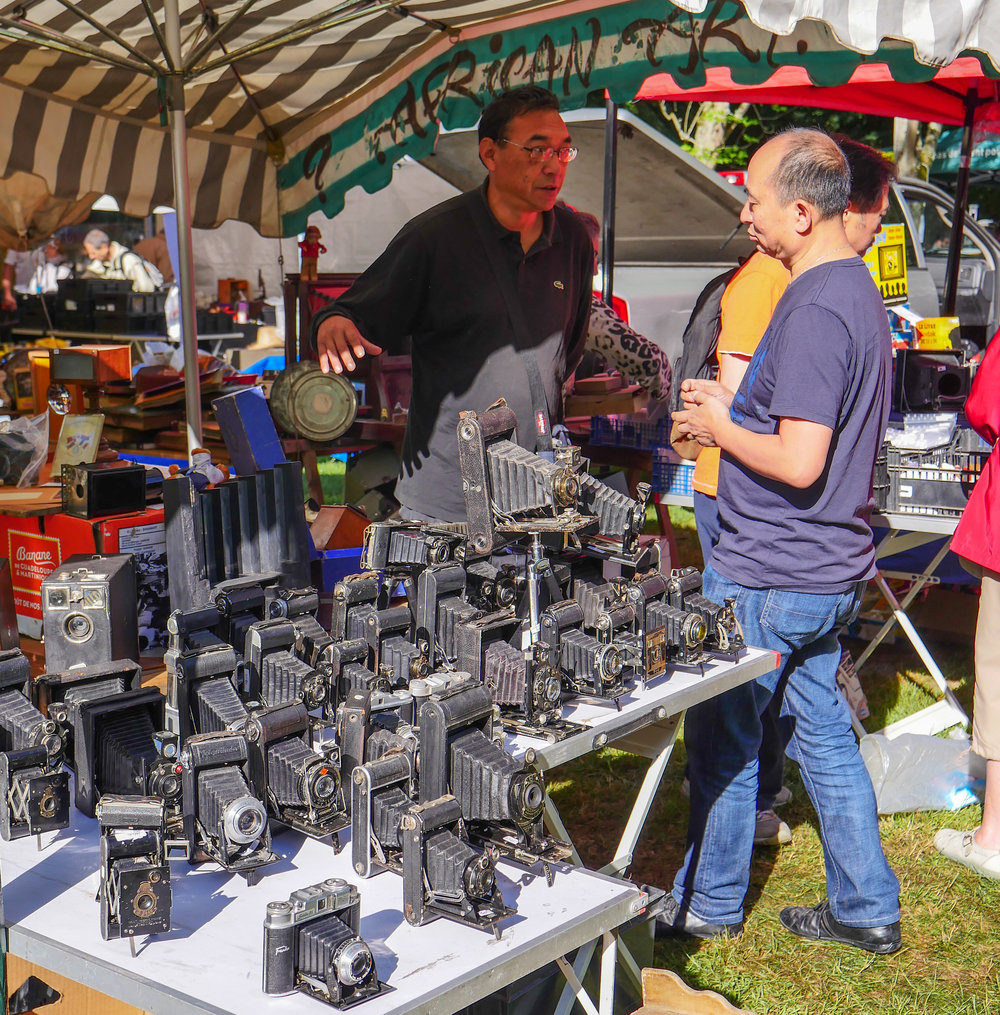
In addition to my two dealer companions, the Bièvres fair attracts many other traders from the UK, including Peter Loy and his irrepressible father, John Loy; David Stephens of Leica Store Manchester; and SE Cameras, also from Manchester. This year, for the first time, I was pleased to see Mark Krukowski of JK Cameras, a regular at several home-based camera fairs. I imagine quite a few Bièvres wares will be appearing on their web sites in the next few weeks.
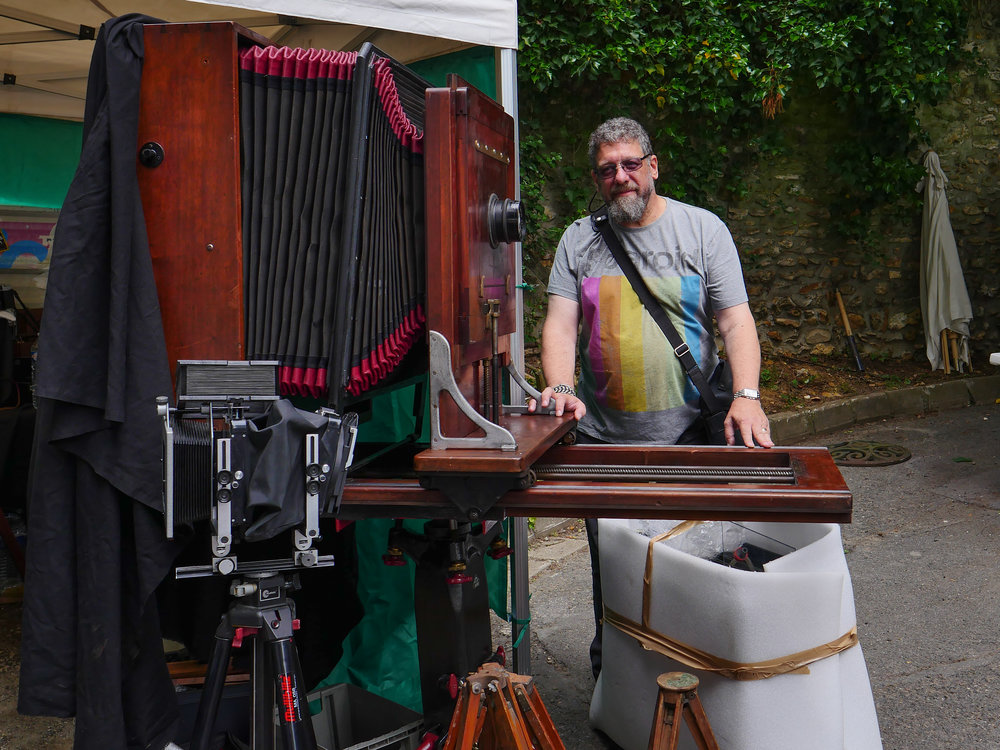
There’s also the travelling. Using the train or flying is too easy. If you are expecting to buy a load of heavy cameras you need sturdy transport. So this year, again, five of us — accompanied by a collection of empty Peli cases — piled into the Red Dot Land Rover and headed towards Folkestone and the Channel Tunnel. This year it was a smooth transit and we more or less drove up and straight on to the vehicle-transporter train.
We were in France within 90 minutes of leaving London and we then faced a four-hour drive to Bièvres, deftly avoiding Paris and the clogged Périphérique. It was a well-planned and executed operation all round and a stark contrast to my travels last year when I took the train from London to Paris and a then taxi on to Bievres.

For the dealers there was a big difference this year. Following the post-referendum fall in the value of the pound sterling we found good stock at the right price much harder to find. There has also been inflation in camera and lens prices in Europe and this certainly didn’t help. That’s where knowledge comes in. There are bargains to be had, even at these higher prices, but it takes an expert to root them out and do an attractive deal. Traders have the advantage of being able to make an offer for a bunch of cameras (or several large boxes of assorted vintage lenses in the case of Woody Woodford) and gain economy of scale.
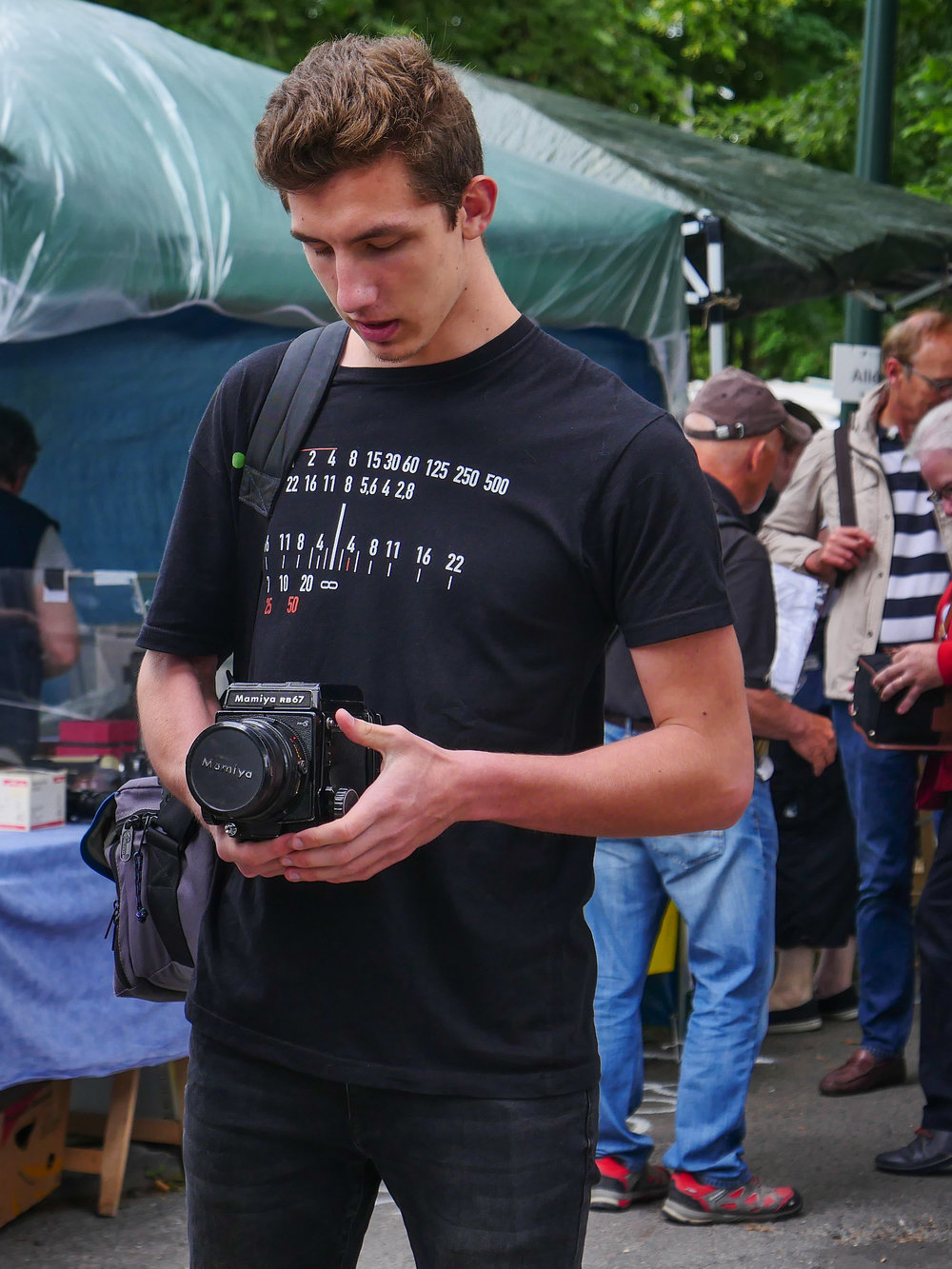
Traders at Bièvres come from all over Europe and, somethings, the best bargains emerge from eastern Europe, not to mention Germany which is the source of a great deal of the used Leica equipment as can be imagined.
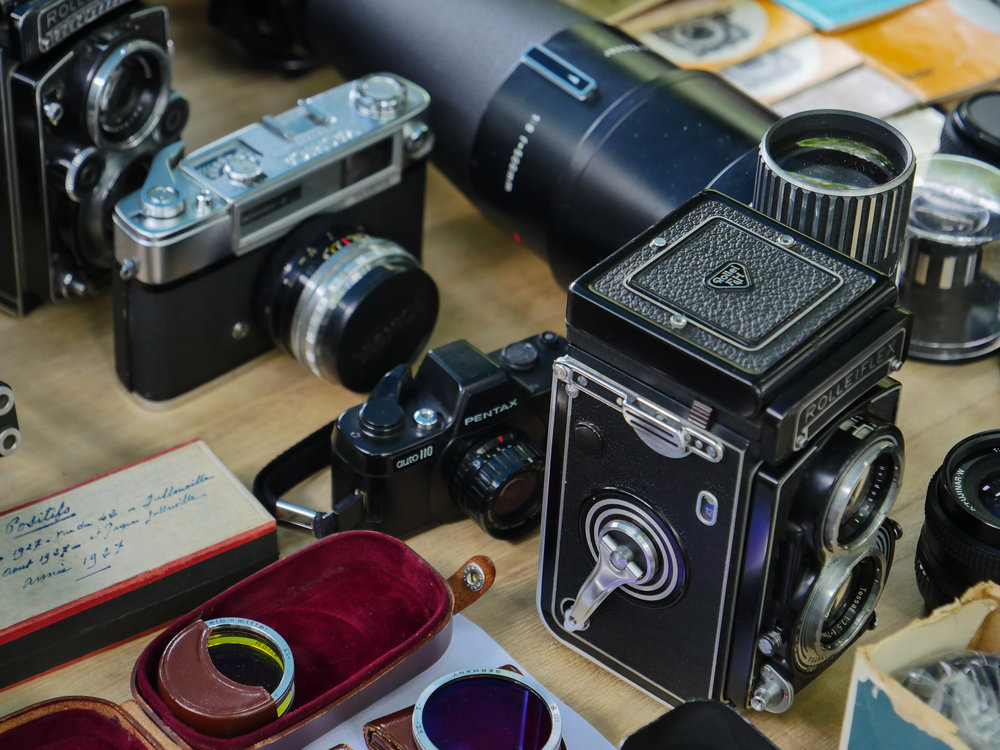
I am anything but an expert when it comes to old cameras and usually rely on my trade friends to advise if I cast my eye towards a particular object. This year I failed to tempt myself. I had had half a mind to buy an Olympus XA rangefinder compact — on the recommendation of reader Stephen Jenner — but scoured the fair in vain. Instead I bought a couple of 35mm Minox cameras and one of those nifty little interchangeable lens Pentax 110 single-lens reflexes. It’s basically a paperweight these days because the old 110 cassette films are discontinued and it’s not a realistic proposition for regular use. But with its tiny lenses, split-image focus and sturdy build, this little camera is a classic and definitely one for the shelf.
The Minox folding cameras are a different matter since they take standard 35mm film and the batteries are still available from specialist suppliers. I bought two pristine examples, a 35EL and a 35GT — the latter complete with neat little leather case and an accessory filter/rubber lens hood.
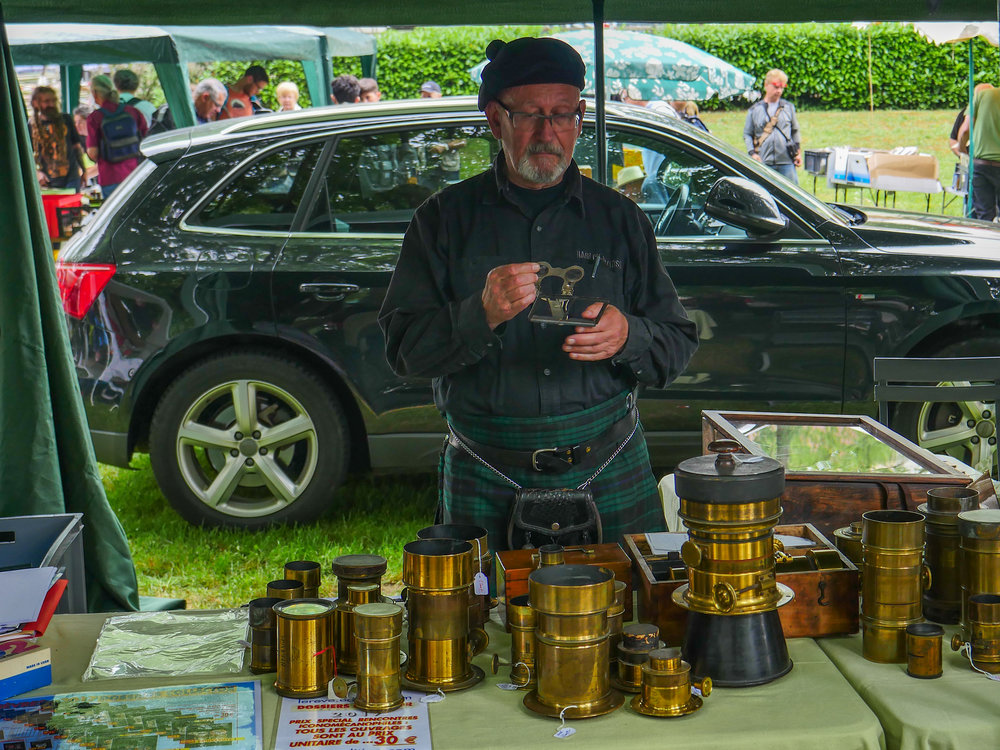
As David Woodford pointed out, though, there is a 40% chance that these cameras will not work, so I’m hoping that out of the two I can find a good user. Throw in an old Voigtländer folding camera for good measure (another one for the display cabinet) and I spent the magnificent sum of 65 euros. The two Minox miniatures were €20 each, the Pentax 110 a reasonable €15 and the Voigtländer just €10 after a bit of bargaining. As Pierre de Coubertin is rumoured to have said, in relation to the Olympic Games, it’s not the winning but the taking part. This nicely sums up my 2017 experience of Bièvres. I would have liked to bag a real bargain but I was content just to mooch around and focus on a few baubles.

As always with any trip, I have to decide what gear to travel with. This year I was tempted to take along my new (to me, at least) Leica T and 18-56mm zoom. But in the end I decided on the robust Panasonic Lumix GX8 with just one lens, the versatile Leica DG 12-60mm which gives a great range of focal lengths from an equivalent of 24 through to 120mm. I thought the wider 24mm end would be more useful than the Leica’s 28mm and I was not wrong. What’s more, the entire rig is protected from the weather and takes up relatively little space. Last year’s fair was something of a washout and the forecast for the 2017 wasn’t great. But generally the weather remained benign. And for an event of this type, the fast-focusing micro four-thirds camera and lens is ideal.
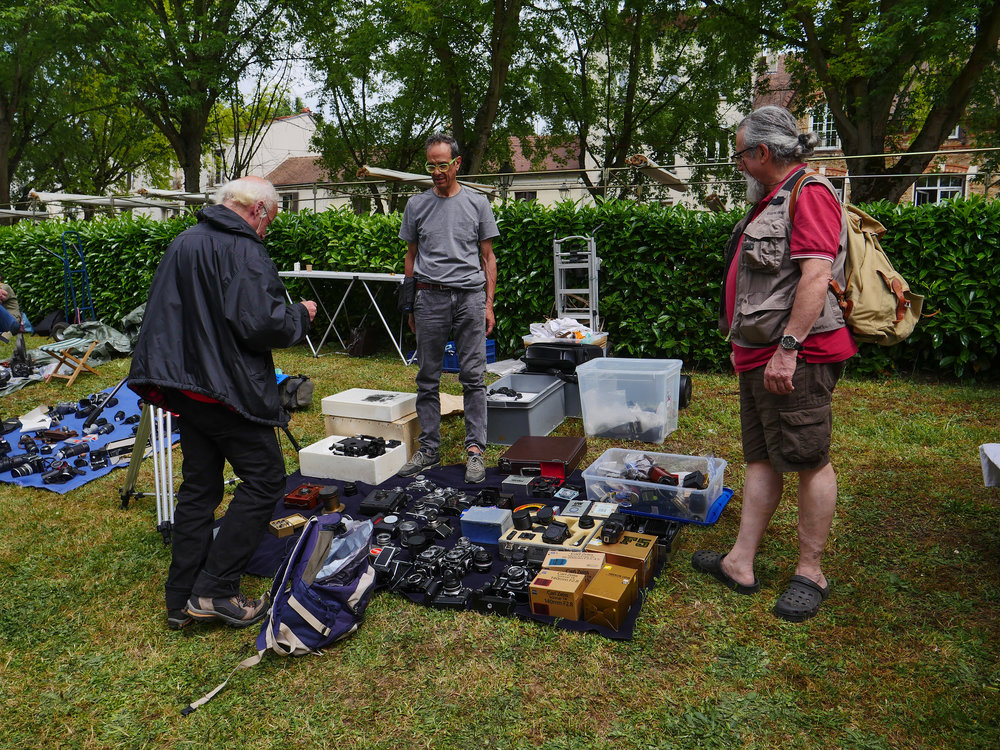
____________
- Subscribe to Macfilos for free updates on articles as they are published
- Want to make a comment on this article but having problems?


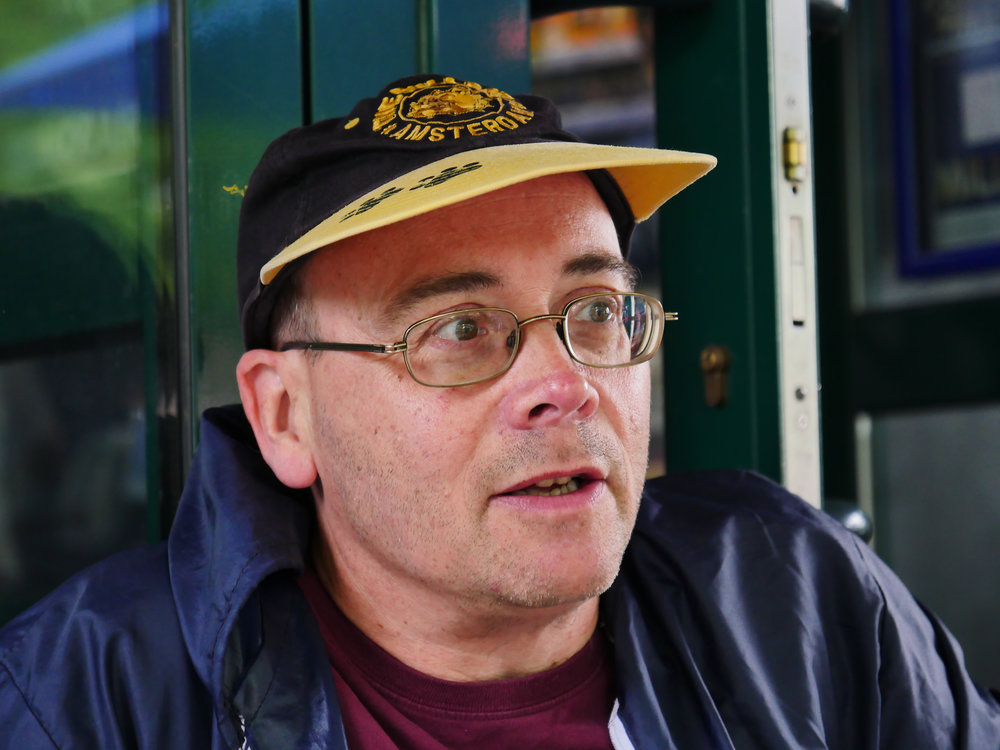
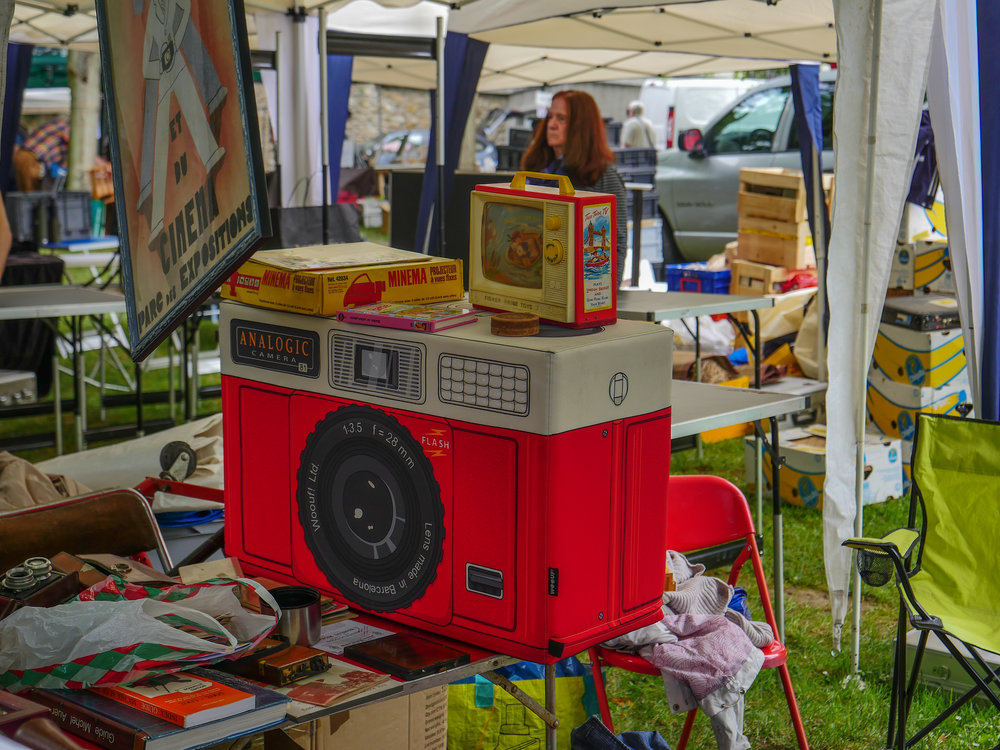
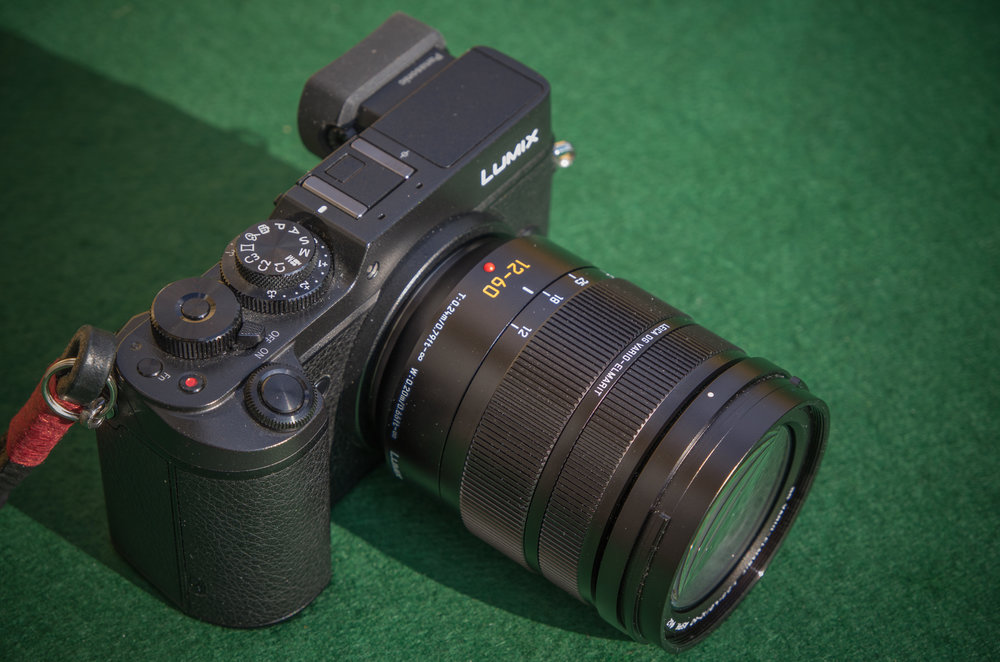
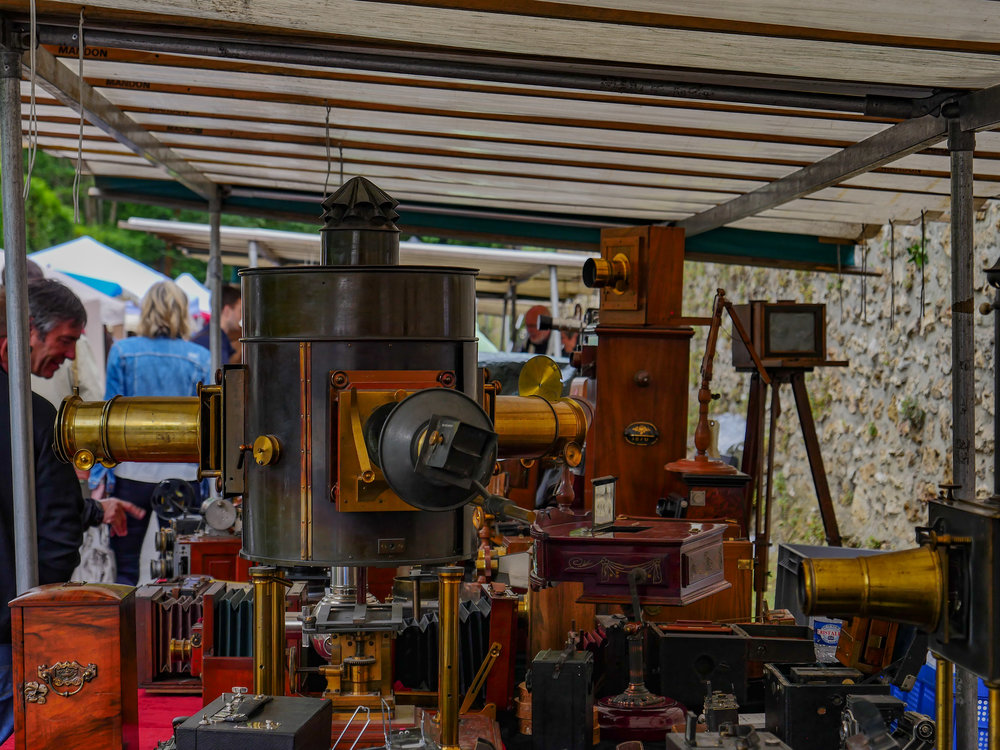
What a pleasant trip! GREEN EYE JEALOUS,,,
Did you spot any Grubbs among the brass lenses? I am glad to see photographs being sold. I was disappointed that there were so few photographs for sale at Photographica.
I’m tempted to attend this some time. It would be best to go with a wants list to avoid that ‘child in a sweetshop’ dilemma.
William
Sorry William. It I didn’t look closely enough. They red just brass lenses to me. Now if you’d reminded me before the weekend I could have asked David Woodford or Jean-Loup. They would have known.
Looks like much fun was had.
I reckon that Ivor needs some new specs, that sensor is more like 1200 square inches surely?